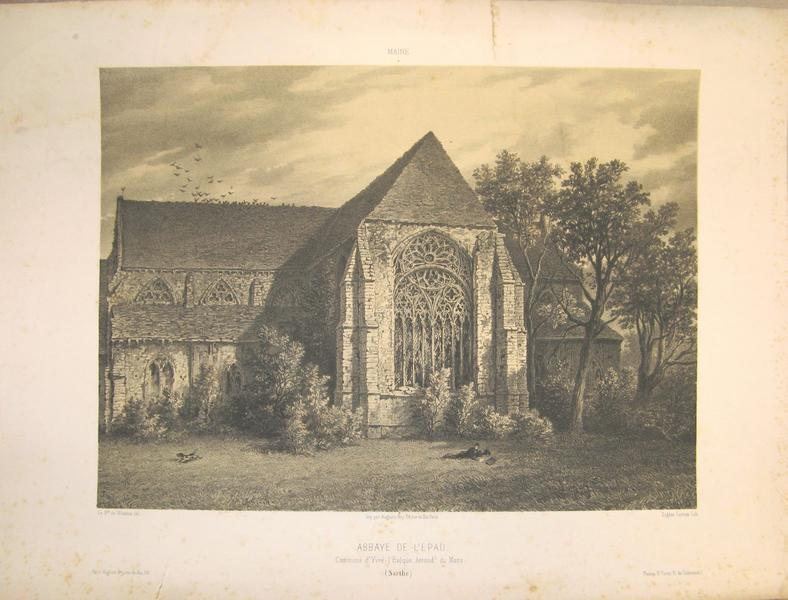Environ 10 résultats pour « Sieste »
-

Sieste
La sieste est un temps de repos pris au cours de la journée (ou la nuit pour les travailleurs nocturnes), le plus souvent après le déjeuner. Il semble que l'être humain est génétiquement programmé pour faire la sieste, en effet entre 12 h et 15 h la fatigue apparaît, l'attention diminue. Contrairement aux idées reçues, même si l'on n'a pas pris de repas avant, le besoin de dormir se fait sentir .
-
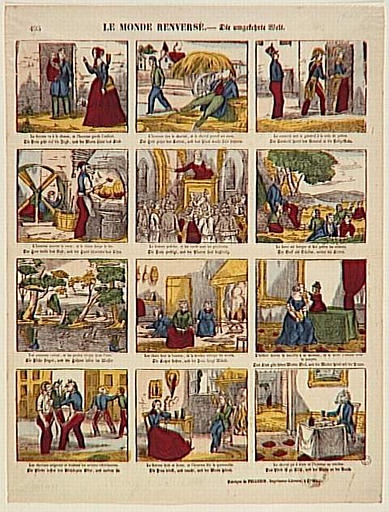
-
- Artiste(s) :
- Jean-Charles Pellerin
LE MONDE RENVERSE. (titre inscrit, français, allemand, goth…
-
- Domaine(s) :
- Estampe
- Ethnologie
-
- Datation :
- XIXe siècle
-
-
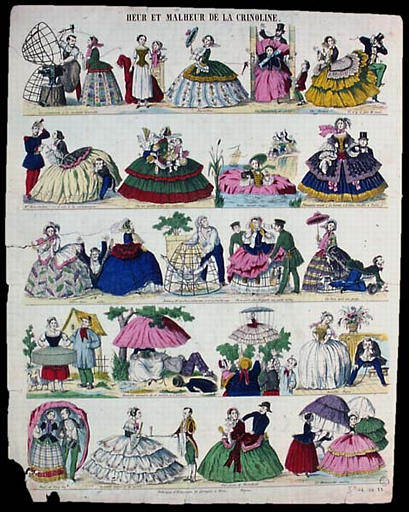
HEUR ET MALHEUR DE LA CRINOLINE. (titre inscrit)
-
- Domaine(s) :
- Estampe
- Ethnologie
-
- Sujet représenté :
- Cage
- Couple (droit et sociologie)
- Domesticité
- Femme
- Forgeron
- Garçon
- …
-
- Datation :
- XIXe siècle
-
-
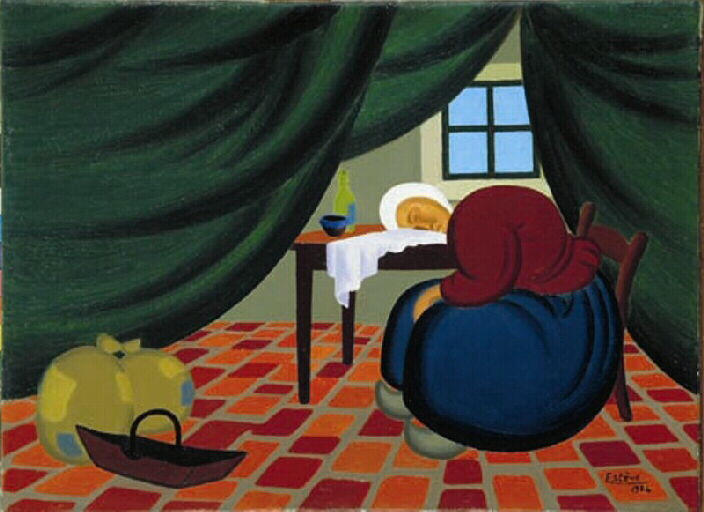
-
- Artiste(s) :
- Maurice Estève
Paysanne endormie aux rideaux verts (Titre d'usage) ; Paysa…
-
- Domaine(s) :
- Peinture
-
- Datation :
- XXe siècle
-
-
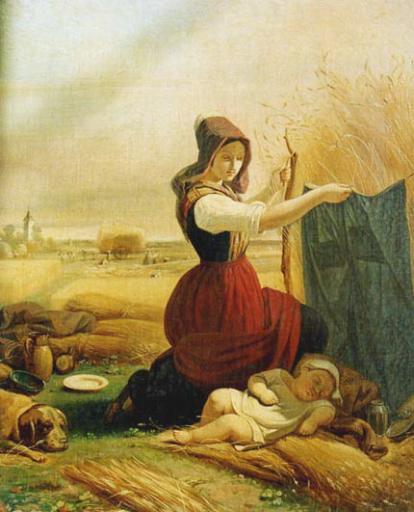
La moisson, jeune mère
-
- Domaine(s) :
- Peinture
-
- Sujet représenté :
- Blé
- Champ (agriculture)
- Chien
- Enfant
- Femme
- Moisson (agriculture)
-
- Datation :
- XIXe siècle
-
-
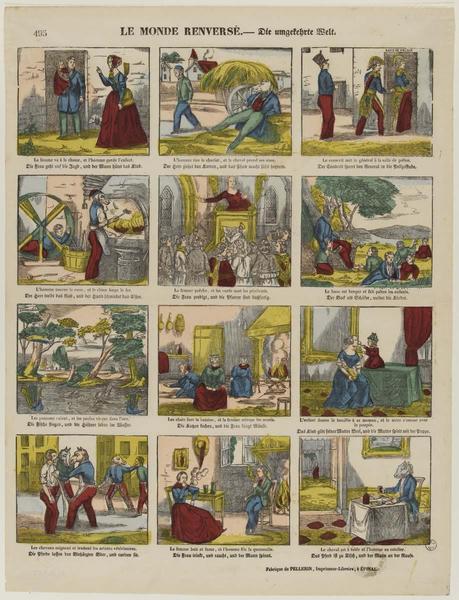
-
- Artiste(s) :
- Jean-Charles Pellerin
LE MONDE RENVERSE (titre inscrit, français, allemand, gothi…
-
- Domaine(s) :
- Estampe
-
- Datation :
- XIXe siècle
-
-
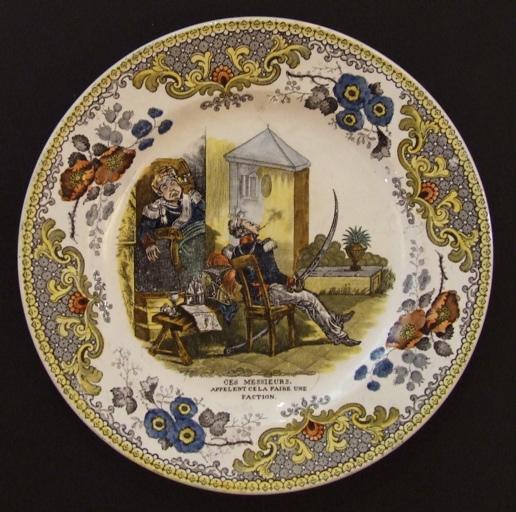
-
- Artiste(s) :
- Faïence de Creil-Montereau
Ces messieurs appellent cela faire une faction (titre inscr…
-
- Domaine(s) :
- Céramique
-
- Sujet représenté :
- Bouquet de fleurs
- Chaise
- Cigarette
- Fauteuil
- Fleur
- Frise (architecture)
- …
-
- Datation :
- XIXe siècle
- Louis-Philippe Ier
-
-
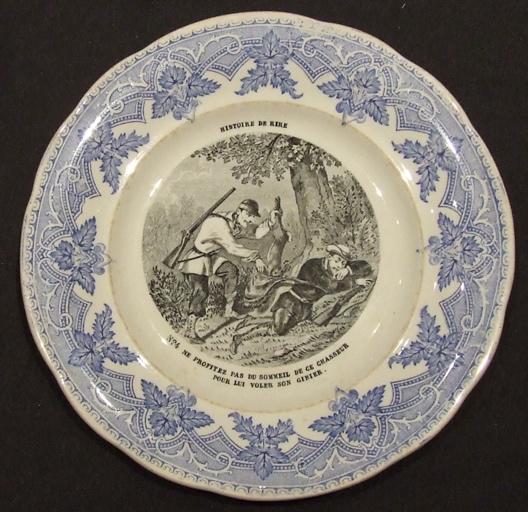
-
- Artiste(s) :
- Faïence de Creil-Montereau
Ne profitez pas du sommeil de ce chasseur [...] (titre insc…
-
- Domaine(s) :
- Céramique
-
-
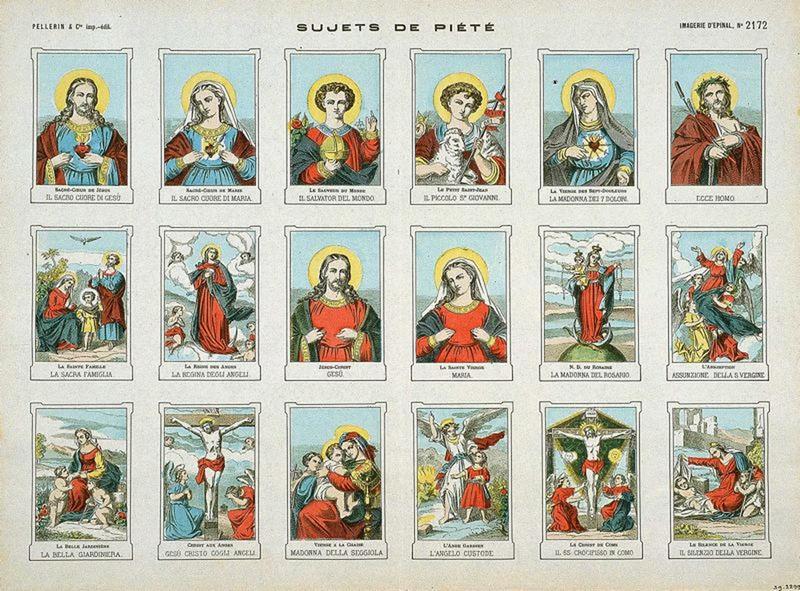
-
- Artiste(s) :
- Imagerie d'Épinal
- Raphaël (peintre)
SUJETS DE PIETE. (titre inscrit)
-
- Domaine(s) :
- Estampe
-
- Sujet représenté :
- Ange
- Animal
- Assomption de Marie
- Auréole (religion)
- Chaise
- Colombe
- …
-
- Datation :
- XIXe siècle
-
-
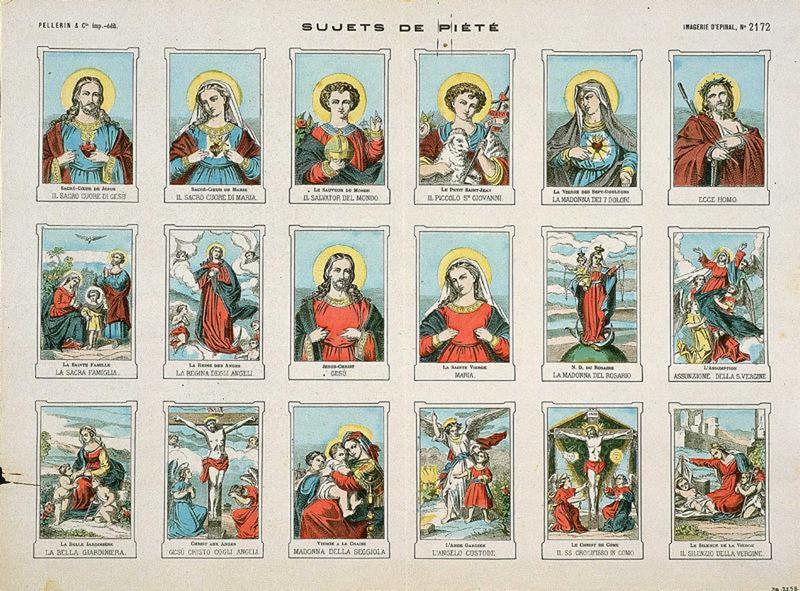
-
- Artiste(s) :
- Imagerie d'Épinal
- Raphaël (peintre)
SUJETS DE PIETE. (titre inscrit)
-
- Domaine(s) :
- Estampe
-
- Sujet représenté :
- Ange
- Animal
- Assomption de Marie
- Auréole (religion)
- Chaise
- Colombe
- …
-
- Datation :
- XIXe siècle
-
-
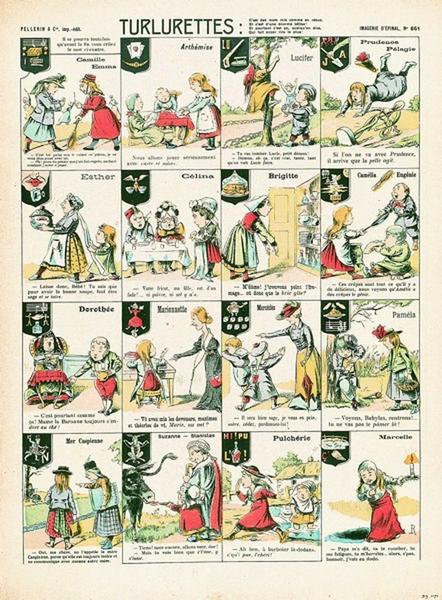
-
- Artiste(s) :
- Imagerie d'Épinal
TURLURETTES : (titre inscrit)
-
- Domaine(s) :
- Estampe
-
- Sujet représenté :
- Ange
- Arbre
- Assiette (vaisselle)
- Badminton
- Bicyclette
- Bol (vaisselle)
- …
-
- Datation :
- XXe siècle
-
-
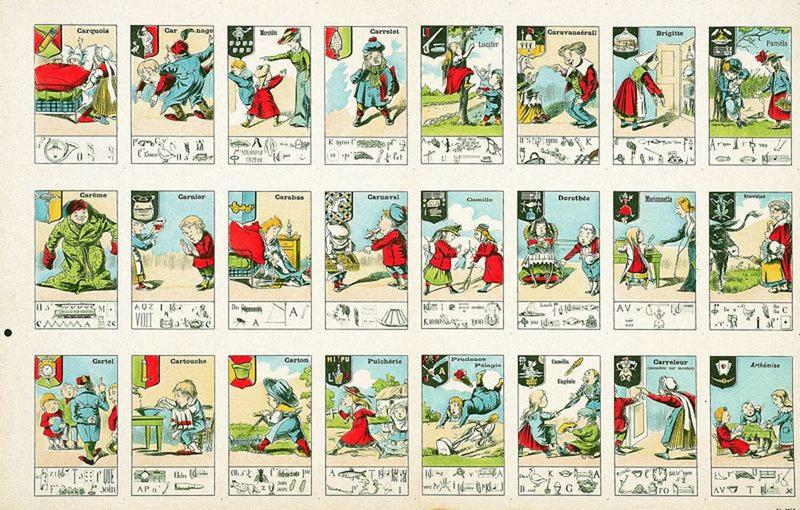
-
- Artiste(s) :
- Jean-Charles Pellerin
rébus (titre factice)
-
- Domaine(s) :
- Estampe
-
- Sujet représenté :
- Ange
- Animal
- Arabes
- Arbre
- Arc (arme)
- Assiette (vaisselle)
- …
-
- Datation :
- XXe siècle
-
-
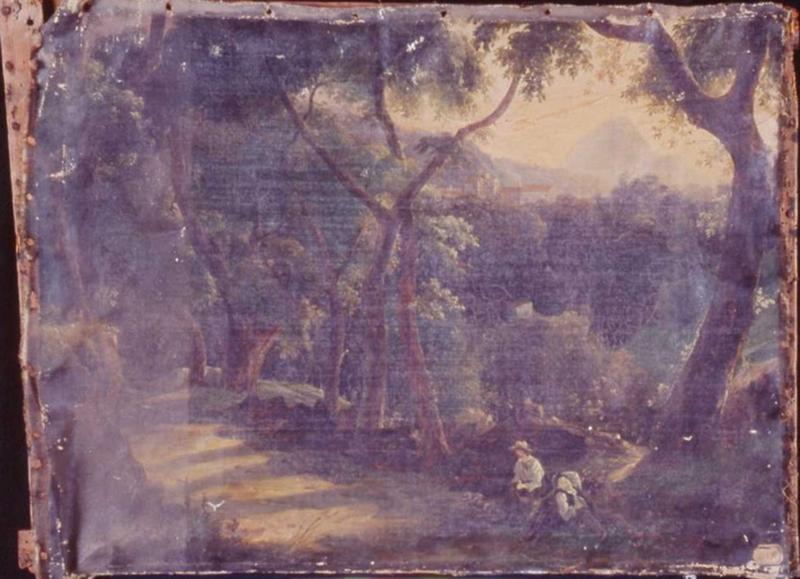
-

LA VIE PARISIENNE : Au bord de l'eau
-
- Domaine(s) :
- Ethnologie
- Imprimerie
- Loisir
-
- Sujet représenté :
- Artiste peintre
- Aviron (rame)
- Baignade
- Botte (chaussure)
- Caleçon
- Canard
- …
-
- Datation :
- XIXe siècle
- Troisième République (France)
-
-
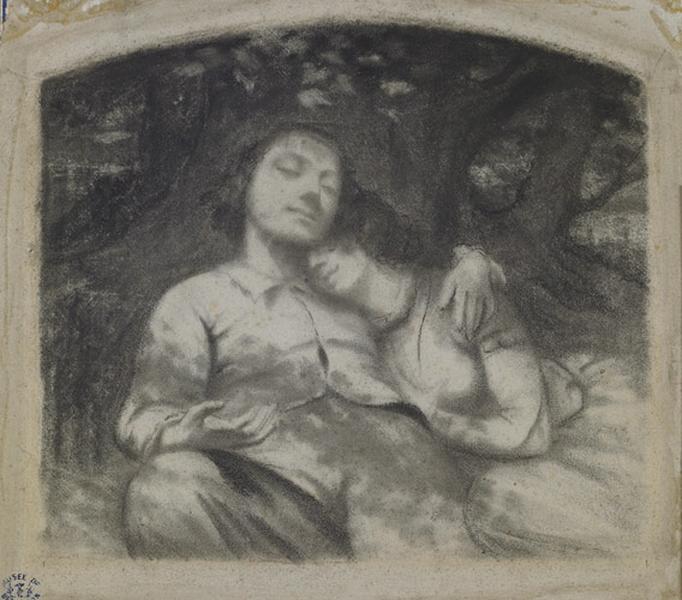
-
- Artiste(s) :
- Gustave Courbet
Sieste champêtre
-
- Domaine(s) :
- Dessin
-
- Sujet représenté :
- Arbre
- Femme
- Feuille
- Sieste
- Tronc (botanique)
-
- Datation :
- XIXe siècle
-
-
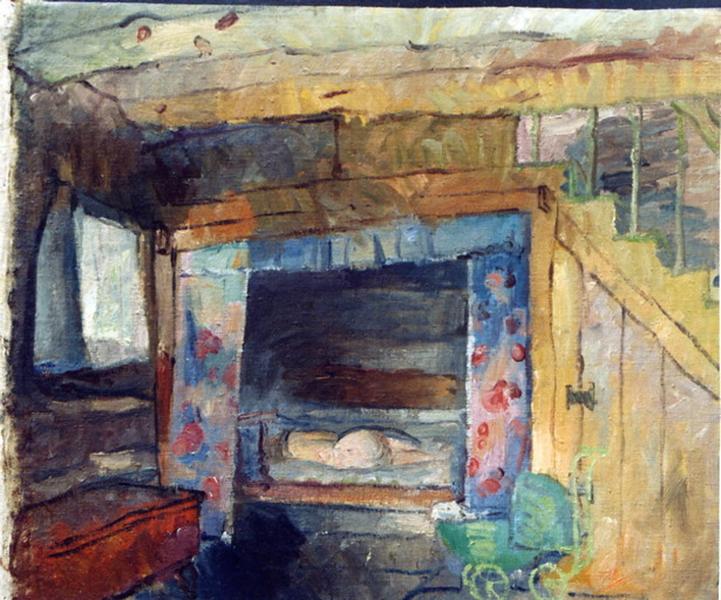
-
- Artiste(s) :
- Pierre Daura
La sieste
-
- Domaine(s) :
- Peinture
-
- Sujet représenté :
- Enfant
- Lit (mobilier)
- Sieste
- Sommeil
-
- Datation :
- XXe siècle
-
-
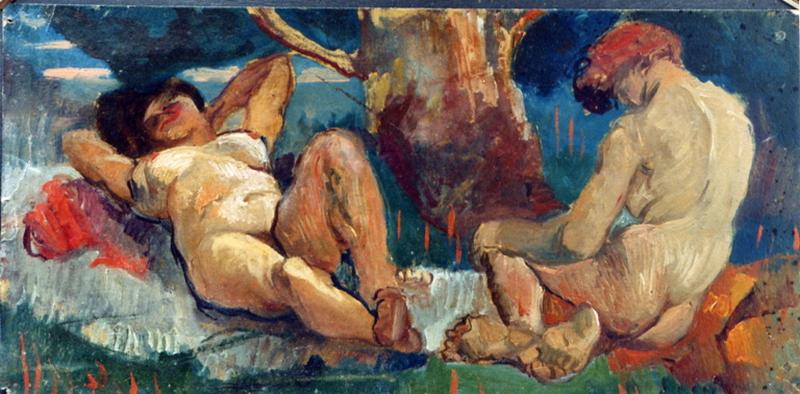
-
- Artiste(s) :
- Pierre Daura
Deux nus sous un arbre
-
-
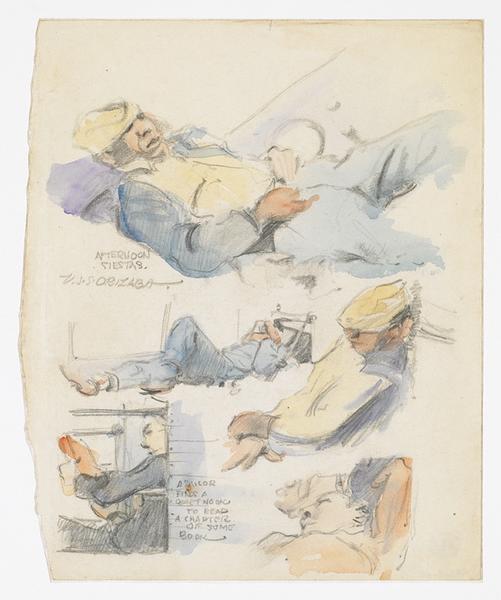
Afternoon siestas
-
- Sujet représenté :
- Bateau
- Marin (profession)
- Militaire
- Première Guerre mondiale
- Sieste
-
- Datation :
- XXe siècle


